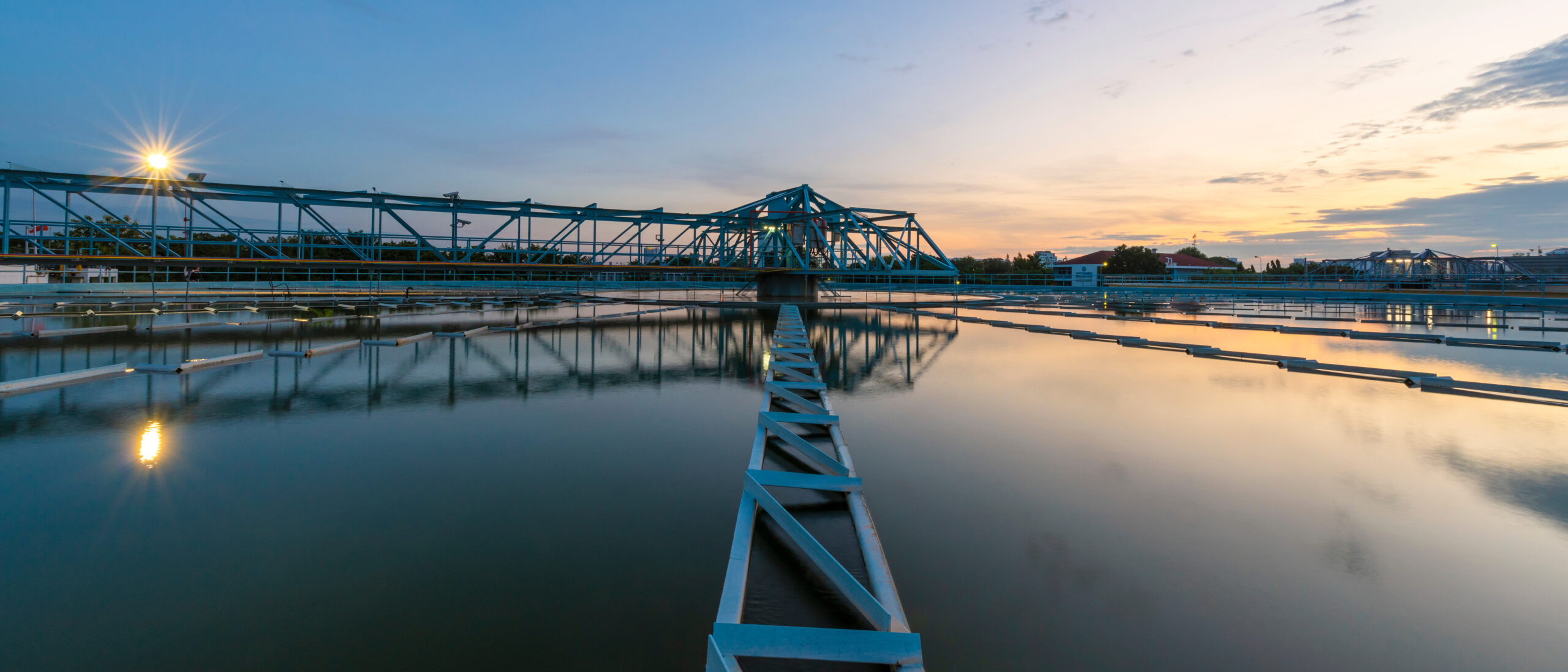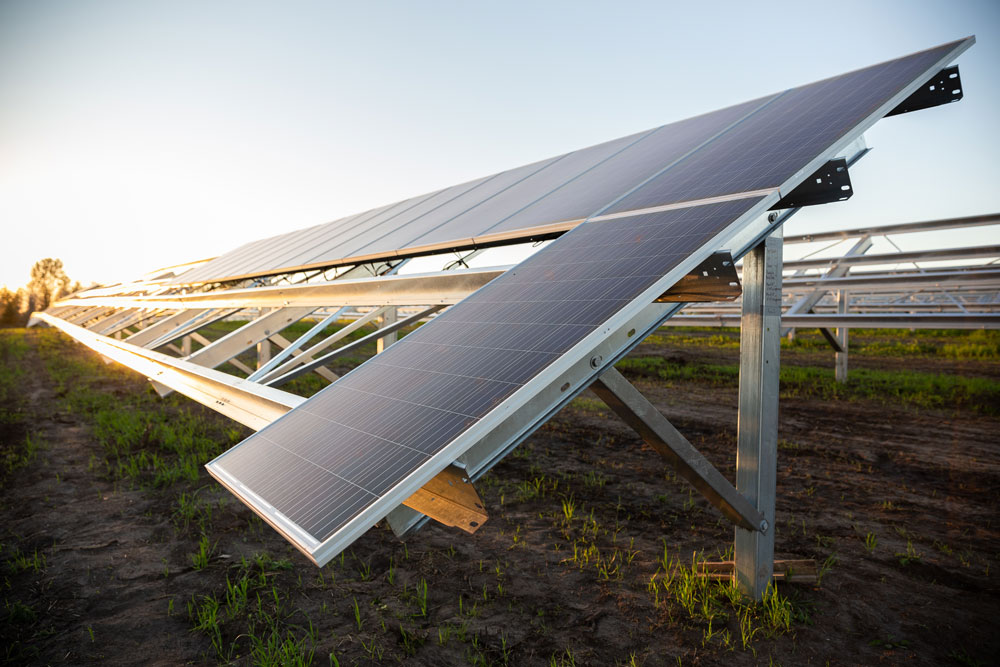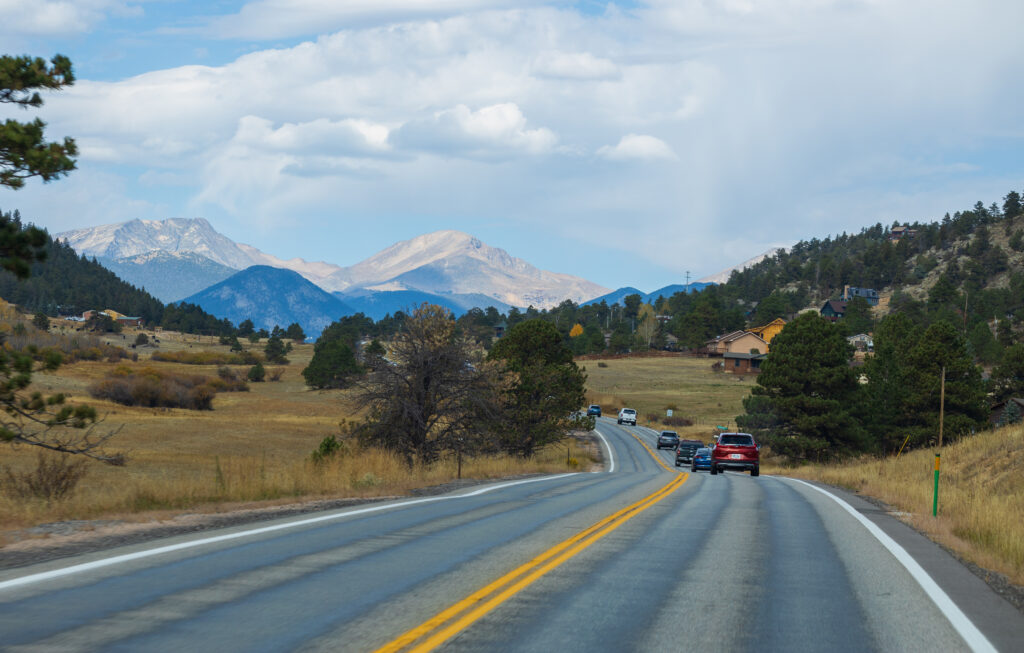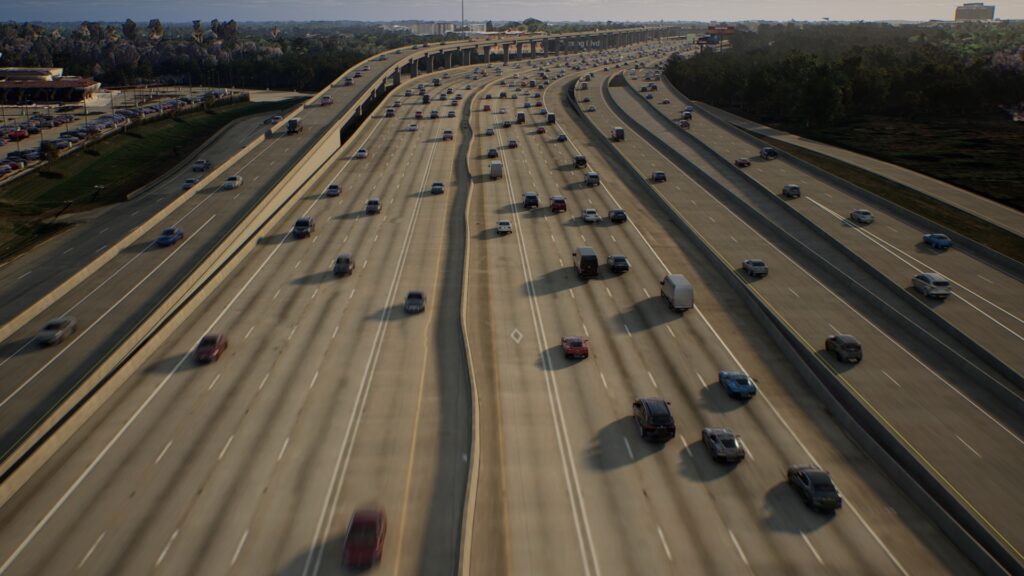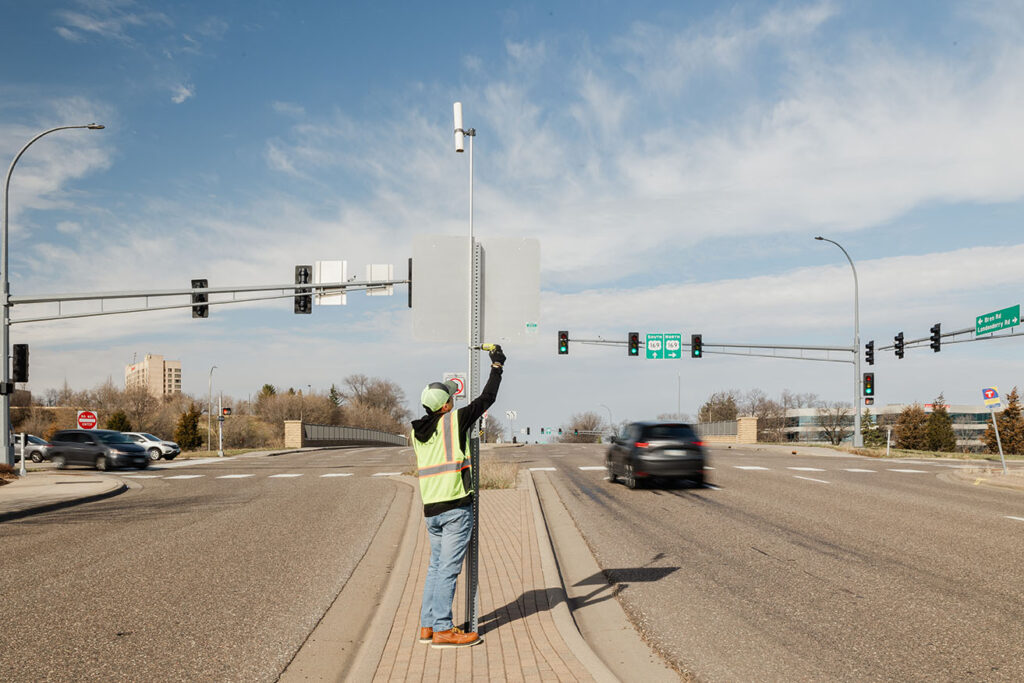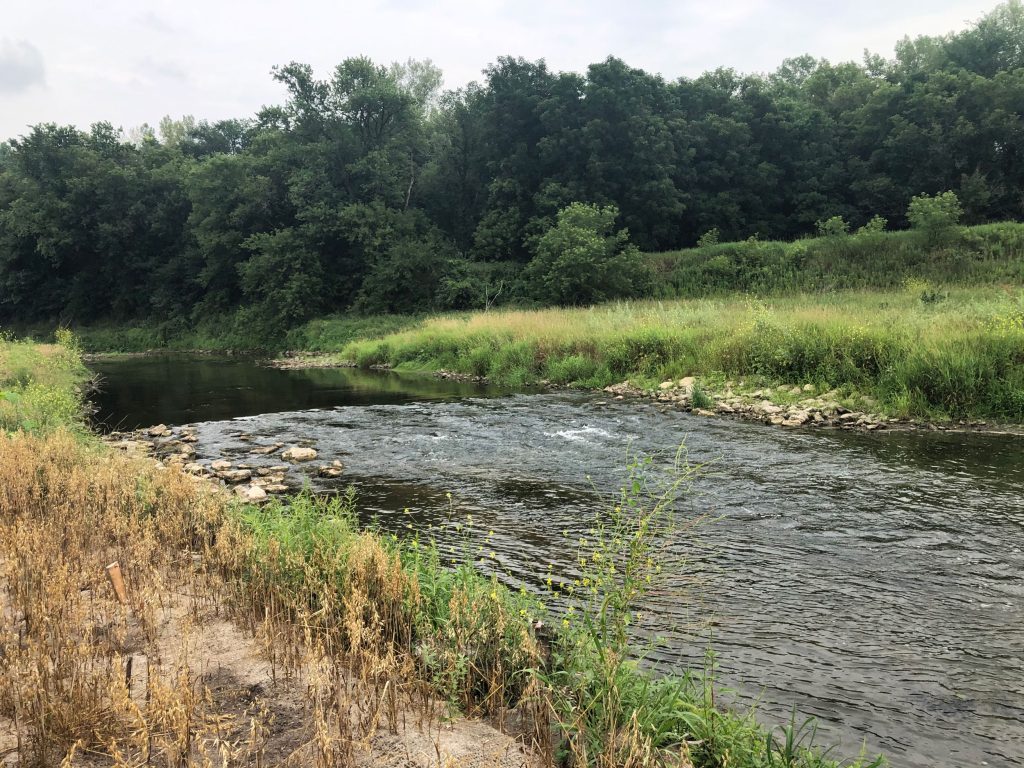WSB offers expertise across diverse services, including infrastructure design, environmental planning, and construction management. We create resilient infrastructure and sustainable solutions that address today’s challenges and prepare for tomorrow’s demands.
Why WSB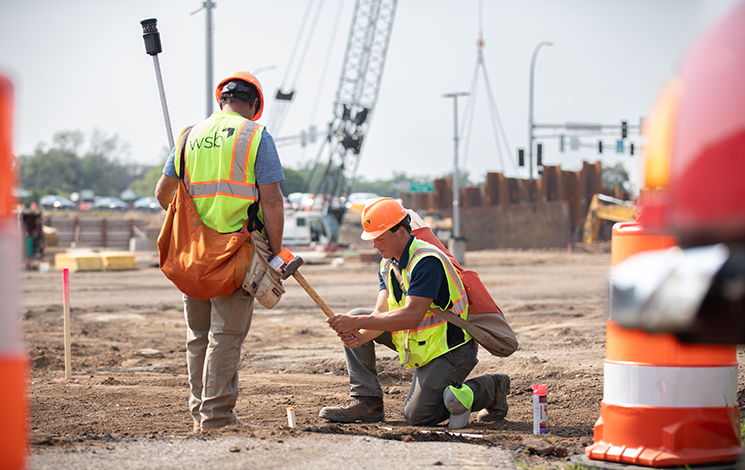
Our Markets
Driving Progress Across Vital Markets
Visionary
WE ARE
We think big and take the lead to inspire change.
Featured Projects
We find opportunity in every project
All Projects
Insights
